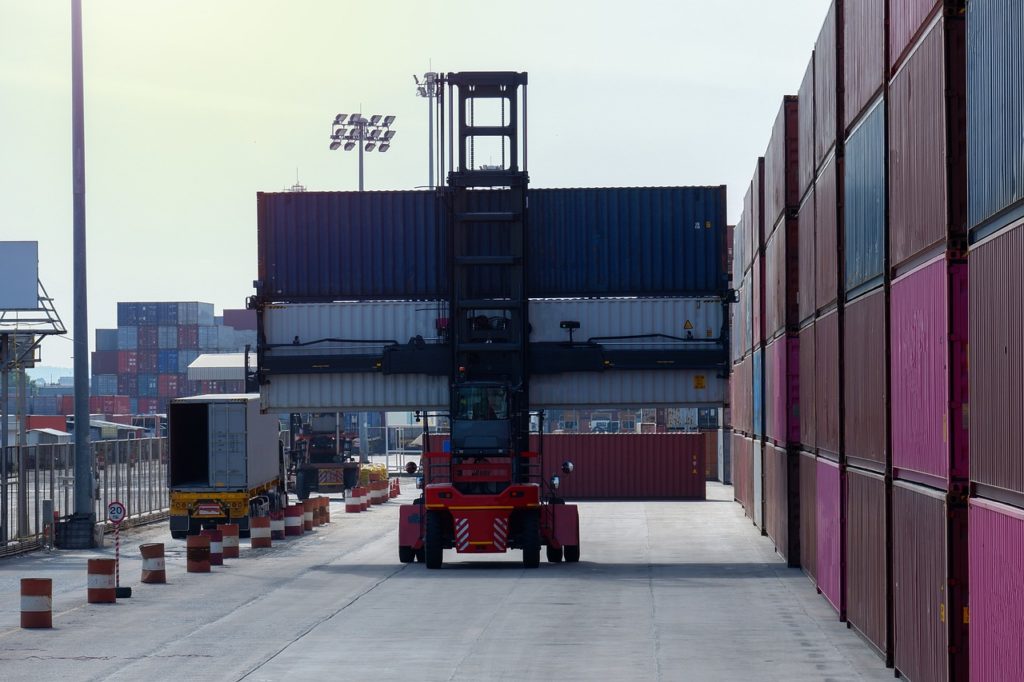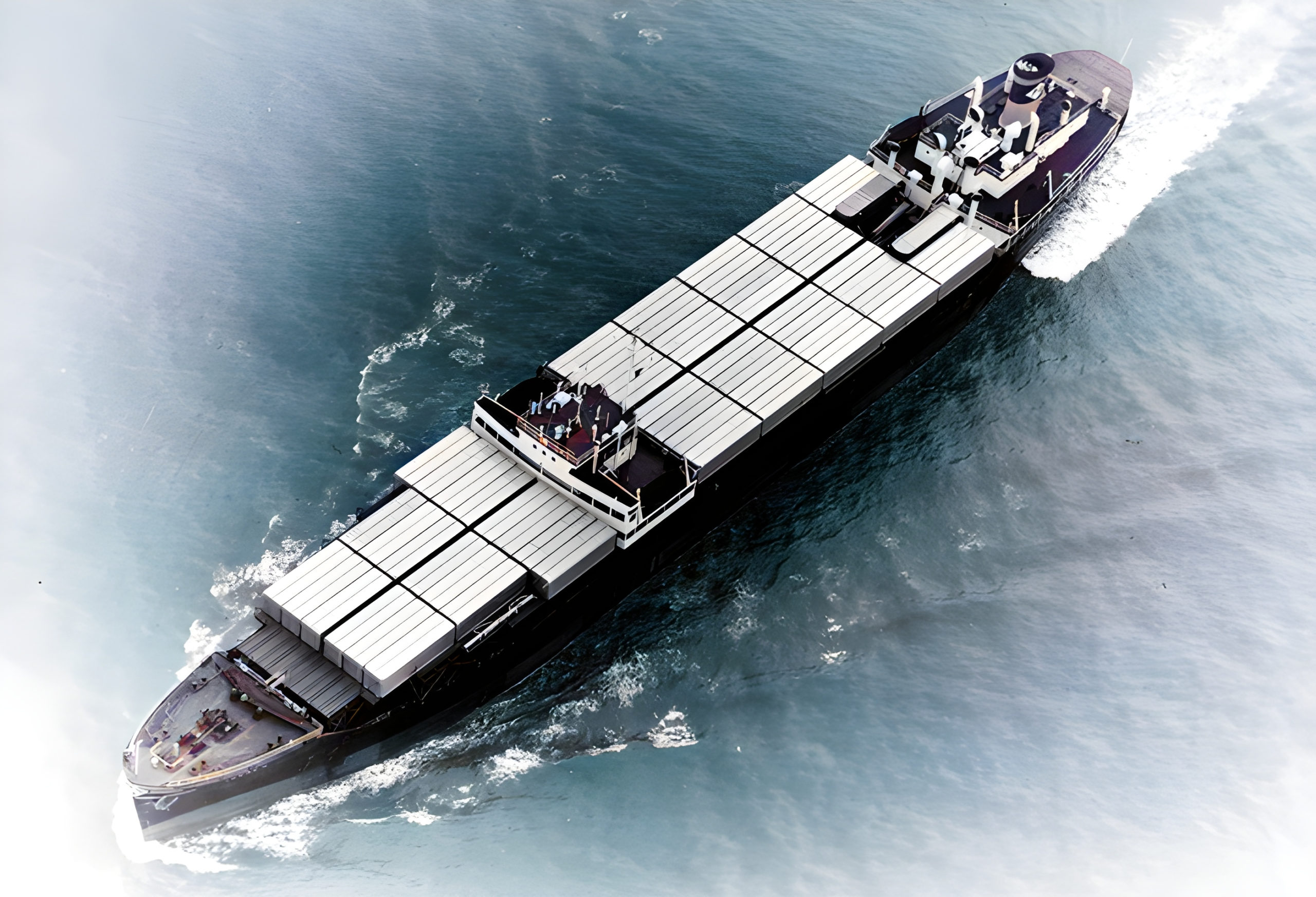The history of modern shipping containers dates back to the mid-20th century, when a visionary entrepreneur named Malcolm McLean introduced the concept of containerized shipping to the world. McLean, who had built a successful trucking business in the United States, saw an opportunity to revolutionize the global shipping industry by introducing a more efficient and standardized way to transport goods.
In 1956, McLean launched the first container ship, the Ideal X, which sailed from Newark, New Jersey to Houston, Texas, carrying 58 containers. This marked the beginning of a new era in shipping, as the use of standardized containers allowed for faster, more efficient, and more secure transportation of goods around the world.
Prior to the introduction of containerized shipping, cargo was typically transported in a variety of different containers, including barrels, crates, and sacks. This made loading and unloading ships a time-consuming and labor-intensive process, as cargo had to be individually lifted and stowed in the ship’s hold. It also made cargo more vulnerable to theft and damage during transit.
By contrast, containerized shipping offered a number of advantages over traditional cargo handling methods. Containers could be easily loaded and unloaded using cranes, and could be stacked securely on top of each other, allowing for more efficient use of space on ships and in ports. Containers were also more secure and tamper-resistant, as they could be sealed and tracked during transit.
The adoption of containerized shipping was slow at first, as many shipping companies were hesitant to invest in the new technology. However, as the benefits of containerization became clear, more and more companies began to adopt the practice. By the 1970s, containerized shipping had become the dominant method of transporting goods around the world, and the standardized shipping container had become a ubiquitous symbol of global trade.

In today’s interconnected world, the versatility and ubiquity of shipping containers have revolutionized the way goods are transported and have had a profound impact on the global economy. These containers are now available in an extensive array of sizes, types, and configurations, catering to a broad spectrum of industries and transportation needs.
Starting with the compact 10-foot containers, which find their niche primarily in storage applications, to the colossal 53-foot containers specially designed to accommodate oversized cargo like automobiles and heavy machinery, there exists a container tailored for almost every conceivable cargo requirement. The diversity in container sizes has brought about a remarkable degree of flexibility in global logistics, allowing businesses to optimize their shipping strategies and adapt to the unique demands of their products.
The adoption of standardized containers, characterized by their consistent dimensions and structural integrity, has been the linchpin in this transformative journey. These containers have become the building blocks of modern cargo transportation, offering a level of convenience and efficiency that was previously unimaginable. The global shipping industry has embraced these standard units, creating an intermodal network that seamlessly integrates various modes of transportation, including ships, trains, trucks, and even planes. This interconnected system has significantly expedited the movement of goods across borders and continents.
Thanks to the standardization of containers, businesses can now pack their products securely and efficiently, reducing the risk of damage during transit and minimizing handling costs. This transformation has not only sped up the shipping process but has also made international trade more accessible and affordable for both established corporations and emerging businesses. Smaller enterprises can now tap into global markets with relative ease, while consumers benefit from a wider range of products and more competitive prices.
Furthermore, the environmental impact of containerization cannot be understated. The ability to load and unload standardized containers efficiently means less time spent idling at ports and terminals, leading to reduced emissions and energy consumption. Additionally, the durability and reusability of these containers contribute to sustainability efforts by minimizing waste.
In conclusion, the evolution and diversification of shipping containers have played a pivotal role in shaping the modern global economy. These versatile units have not only facilitated the rapid movement of goods but have also democratized international trade, fostering economic growth and innovation on a global scale. As we continue to witness advancements in logistics and transportation, shipping containers remain at the heart of this transformative journey, symbolizing the power of standardized solutions in an increasingly interconnected world.

